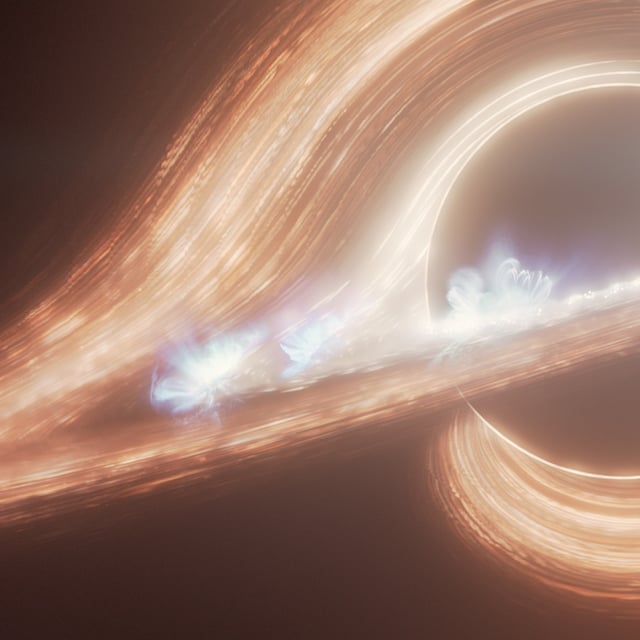Overview
- The James Webb Space Telescope has observed Sagittarius A*, the Milky Way's central black hole, emitting up to six large flares daily, alongside smaller bursts of light.
- These flares originate from the accretion disk, a ring of gas and plasma swirling near the black hole's event horizon, and vary in brightness and duration.
- Researchers attribute smaller flares to turbulence in the disk's magnetized gas, while larger flares are likely caused by magnetic reconnection events releasing high-energy particles.
- Observations revealed a time delay between flares at different wavelengths, offering clues about energy dissipation and particle behavior near the black hole.
- The study, based on 48 hours of data collected over a year, marks the most detailed examination of Sagittarius A* to date and could deepen understanding of black hole dynamics.
